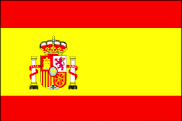
Julius Axelrod Ph.D.
The Nobel Prize in Physiology or Medicine 1970
Co-Nobelists Sir Bernard Katz, Ulf von Euler
Pharmacologist. Neurophysiologist. Mechanism for storage, release, inactivation of humoral transmitters in nerve endings. Discovered drug metabolic pathways: hydroxylation, demethylation, deamination, conjugation. Led to liver's microsomal drug-metabolizing enzymes discovery. Pheochromocytoma. Carboxylmethyl transferase. Melatonin.
Ideal mentor. Infectious exhilaration in discovery. Research was genuine fun. Students came out of lab with same attitude.
Images
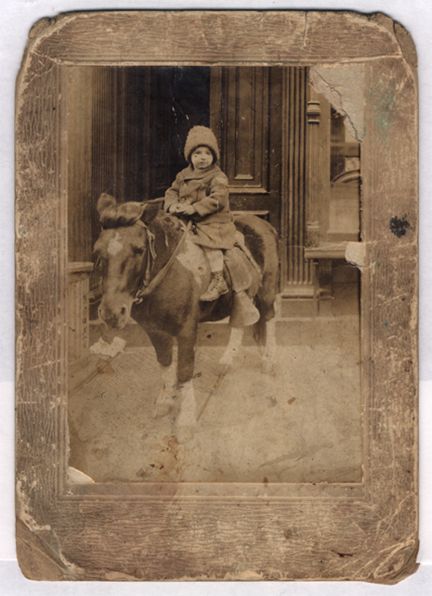
Julius Axelrod, approximately age three, on a pony, 1915. Source: National Library of Medicine USA
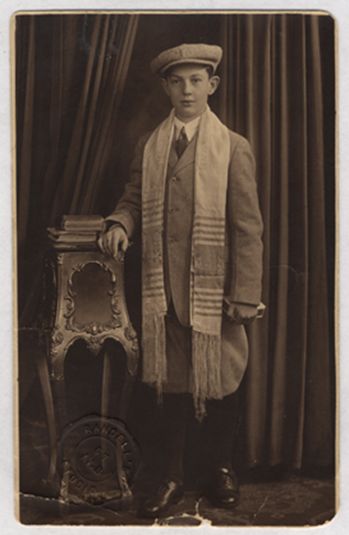
Julius Axelrod at Bar Mitzvah, May 1925. Photographer: Randell’s Studio. Source: National Library of Medicine USA.
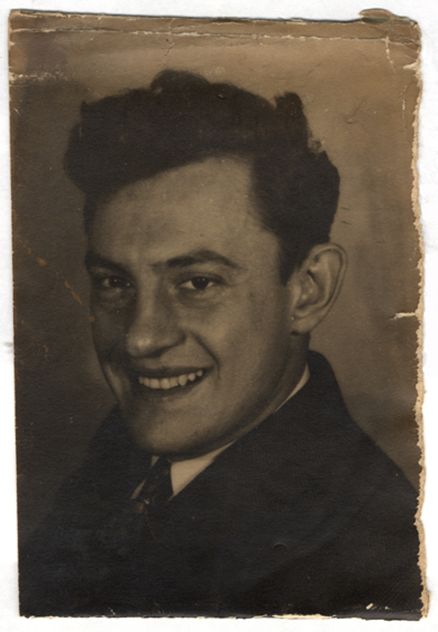
Julius Axelrod, taken between 1929 and 1934. Source: National Library of Medicine USA

Members of the laboratory staff at Goldwater Memorial Hospital, Welfare [now Roosvelt] Island, New York City. On the back of the photograph is written, “Julius Axelrod, Betty Lang (later Mrs. E. Y. Berger), Shirley Udenfriend, Betty Roe, Evelyn Ford, Madeleine? (from Algeria).” Photo taken 1947 or 1948. Source: National Library of Medicine USA .
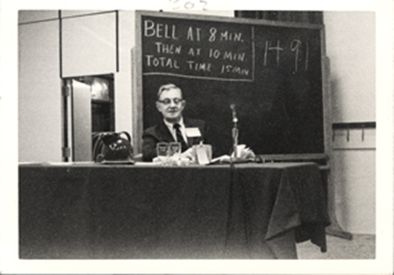
Julius Axelrod at his desk, taken in the 1950s. Source: National Library of Medicine USA
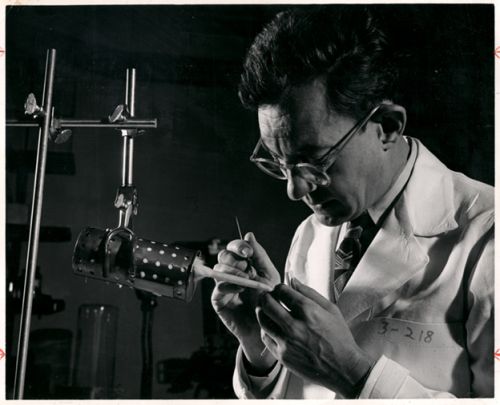
Julius Axelrod studying the effects of hexobarbitol on rats, 11 October 1954. Original caption to the photo reads, “Mr. Julius Axelrod takes blood samples from the tail of a rat, in studies of drug metabolism.” Source: National Institutes of Health, USA
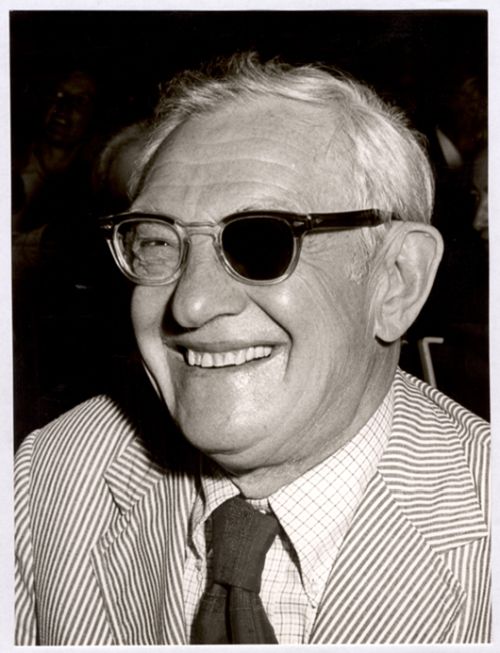
Photo: NIH
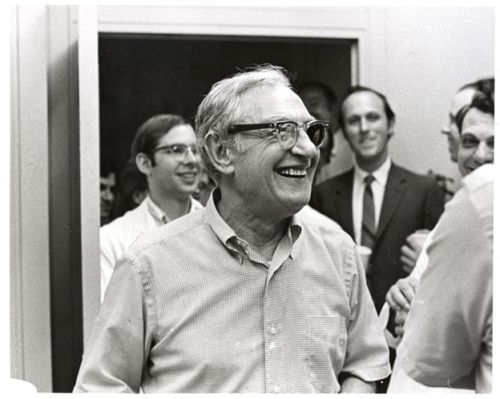
Julius Axelrod celebrating at the National Institute of Mental Health, 15 October 1970. Source: National Library of Medicine, USA
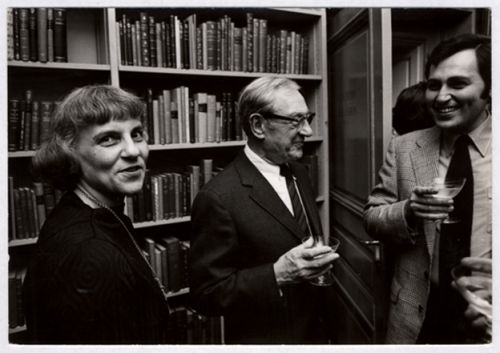
Julius and Sally Axelrod in Stockholm, December 1970. Source: National Library of Medicine, USA.
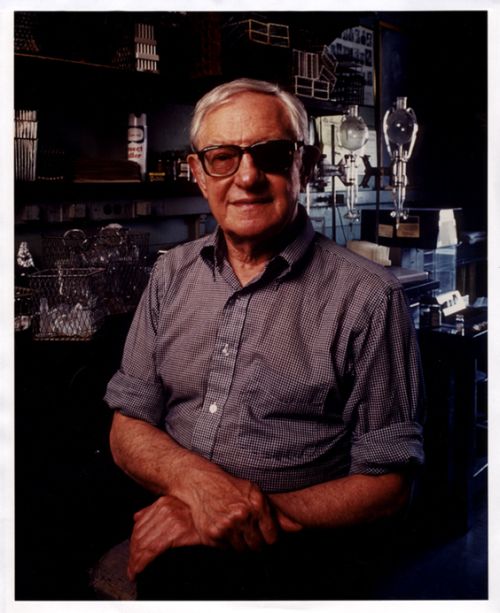
Julius Axelrod, 1970. Source: National Library of Medicine, USA

Julius Axelrod, 1970. Source: National Library of Medicine, USA
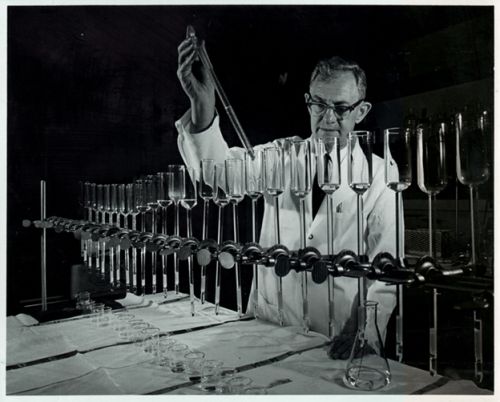
Julius Axelrod measuring chemicals in his lab, 1973. Photographer: Gerald V. Hecht. Source: National Institutes of Health.
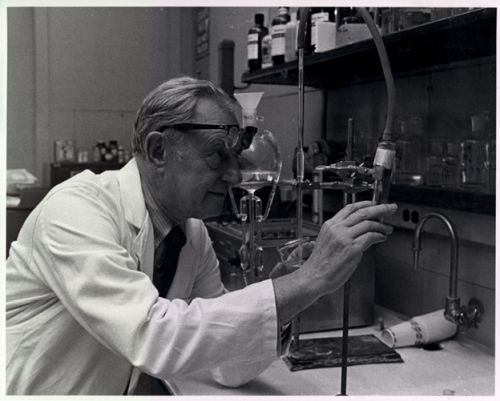
Julius Axelrod in his laboratory, March 1973. Source: NIH.
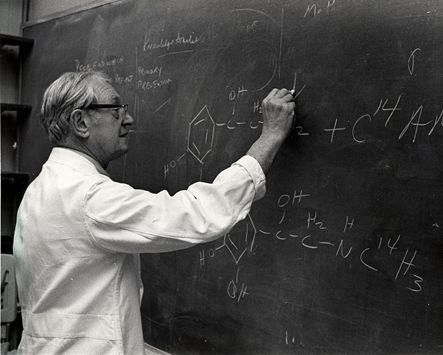
Julius Axelrod checking a student’s work on the chemistry of catecholamine reactions in nerve cells, March 1973. Source: NIH.
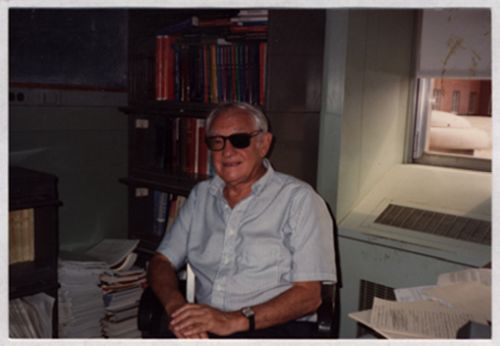
Julius Axelrod in his office, August 1982. Source: National Library of Medicine, USA
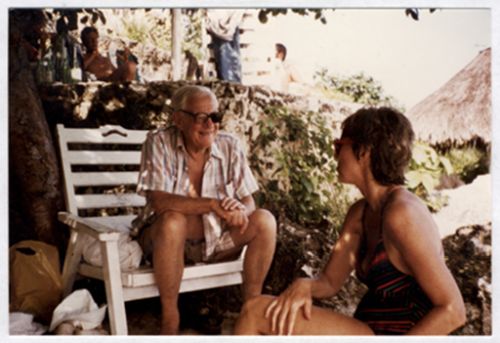
Julius Axelrod in Cancun, June 1984. Source: National Library of Medicine, USA
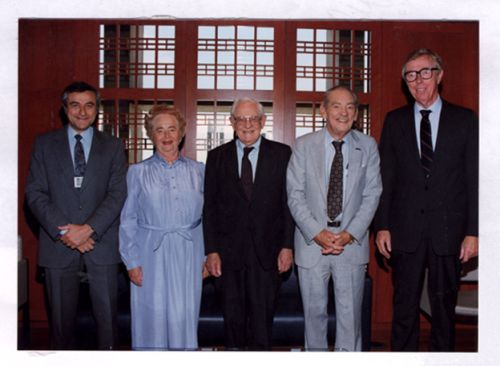
Dr. Axelrod (center) is flanked on either side by Gertrude B. Elion and George H. Hitchings, two of the three winners of the 1988 Nobel Prize in Physiology or Medicine. The man to Hitchings's left is John J. Burns, former research director at Hofmann-LaRoche. The man to Elion's right is unknown. Photo taken in the 1990s. Source: National Library of Medicine, USA
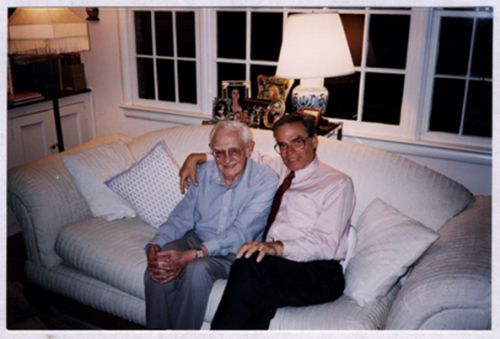
Julius Axelrod and Martin Rodbell, 1994 Physiology or Medicine Nobelist who, with Alfred G. Gilman, is best known for his discovery of G-Proteins, 1994. Source: National Library of Medicine, USA
Discover Your Abilities and Aspirations!
 $10 $25 $50 $100 Other
$10 $25 $50 $100 Other
Tax Exempt 501(c)3 Non-Profit Organization
Any Currency
“…the peace that is found in libraries and laboratories…” - Louis Pasteur
Copyright © 2023 Ganga Library Inc. All Rights reserved.;

Photo: NIH
Name: Julius Axelrod
Birth: 30 May 1912, New York, NY, USA
Death: 29 December 2004, Rockville, MD, USA
Institution: National Institutes of Health, Bethesda, MD, USA
Award: "for their discoveries concerning the humoral transmittors in the nerve terminals and the mechanism for their storage, release and inactivation"
Subject: neurophysiology
Portion of Cash: 1/3
Biography
Books
Publications
Patents
Images
Health
Videos
Education
Thesis: ‘The Fate of Phenylisopropylamines.’










